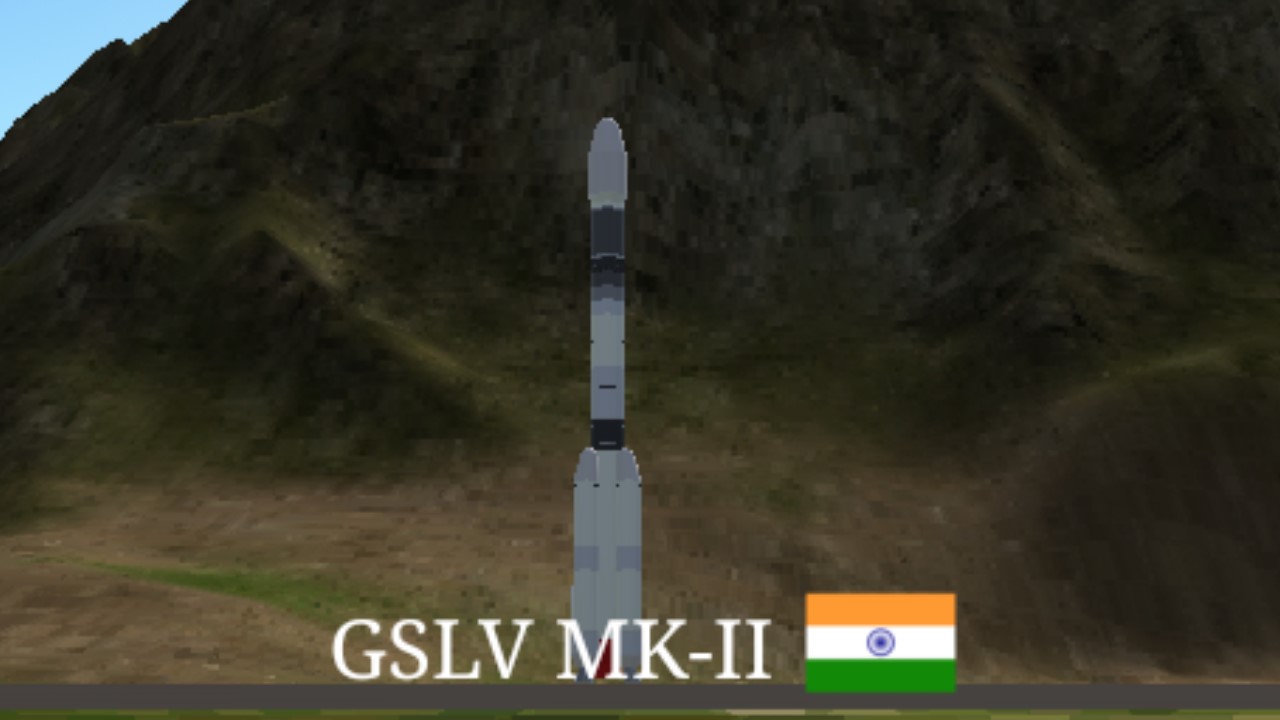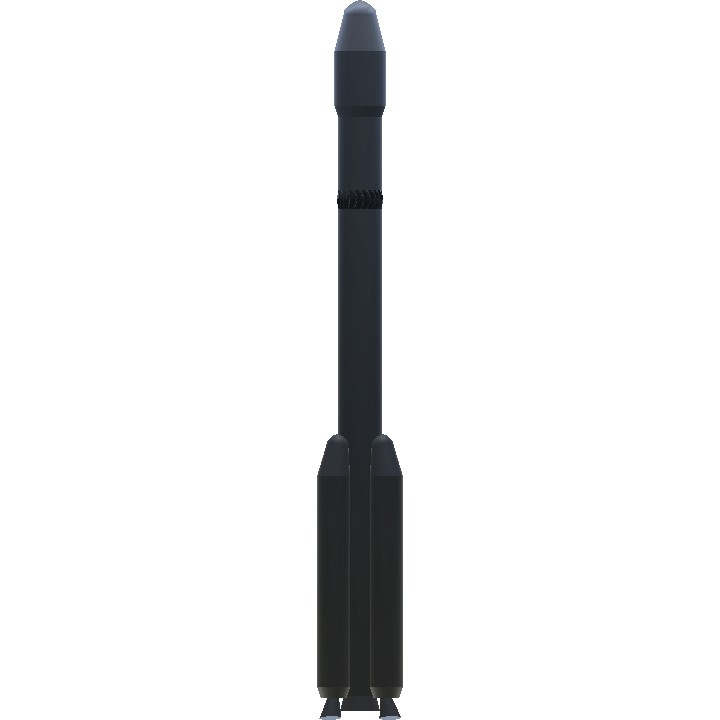The Geosynchronous Satellite Launch Vehicle (GSLV) Mk-II is an expandable launch vehicle, and part of the SLV Family of rockets; and it is operated by ISRO. The GSLV Mk-II was used and launched from 2001 to 2021. Currently, the GSLV Mk-II is operational along with the GSLV Mk-III.
The Geosynchronous Satellite Launch Vehicle project was initiated in 1990 with the objective of India having capabilities of launching payloads to geosynchronous orbit.
The GSLV uses major components that are already proven in the PSLV (Polar Satellite Launch Vehicle) launch vehicle in the from of its S125/139 solid rocket boosters and the liquid-fueled Vikas engine.
The rocket has a height of 49.13 m, with a width of 2.8 m, weighing of about 914,370 pounds (414,750 kg), and with 3 stages. The first stage is powered by a single S139 booster, which produces 1,089,600 pounds of thrust and with a specific impulse of about 237 seconds; it is then powered by four L40H liquid strap-on boosters, which are powered by a single L40H Vikas 2 engines. Keep in mind that the four boosters and the first stage itself are fixed together. The first stage will burn about 100 seconds and the boosters of about 154 seconds, later the second stage would be seperated. The second stage is powered by a single GS2 Vikas 4 engine which produces about 190,400 pounds of thrust, and will burn of about 139 seconds. The third stage (GSLV Mk-II CUS15) is powered by a single CE-7.5 engine which produces of about 33,000 pounds of thrust.
There is a controversy on where the third stage was to be procured by the Russian company Glavkosmos. This was a violation of the United States' MTCR (Missile Technology Control Regime) in May 1992. As a result, in April 1994; ISRO initiated the Cryogenic Upper Stage Project. A new agreement was later signed with Russia for 7 KVD-1 cryogenic stages.
As of right now, the GSLV was last launch on August 2021. The GSLV have made 14 launches, with 8 successes, 4 failures, and 2 partial failures. All launches occured in the Satish Dhawan Space Centre.
NOTE : From now on, every rocket I upload in this website are replicas or models which are non-operational or isn't functional.
Specifications
General Characteristics
- Created On Android
- Wingspan 9.6ft (2.9m)
- Length 9.6ft (2.9m)
- Height 80.7ft (24.6m)
- Empty Weight 12,227lbs (5,546kg)
- Loaded Weight 12,227lbs (5,546kg)
Performance
- Wing Loading 439,839.3lbs/ft2 (2,147,483.6kg/m2)
- Wing Area 0.0ft2 (0.0m2)
- Drag Points 39752
Parts
- Number of Parts 80
- Control Surfaces 0
- Performance Cost 212





印度制造,这火箭能飞起来吗(doge